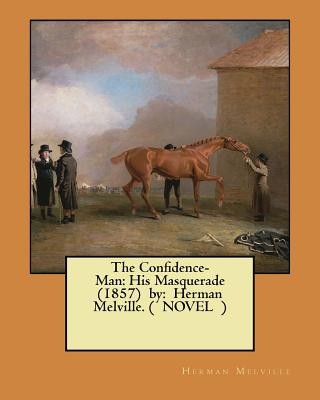
- We will send in 10–14 business days.
- Author: Herman Melville
- Publisher: CreateSpace Independent Publishing Platform
- Year: 2017
- Pages: 180
- ISBN-10: 1546614826
- ISBN-13: 9781546614821
- Format: 20.3 x 25.4 x 1 cm, softcover
- Language: English
- SAVE -10% with code: EXTRA
Reviews
Description
s the ninth book and final novel by American writer Herman Melville, first published in New York in 1857. The book was published on April 1, the exact day of the novel's setting. The Confidence-Man portrays a Canterbury Tales-style group of steamboat passengers whose interlocking stories are told as they travel down the Mississippi River toward New Orleans. The novel is written as cultural satire, allegory, and metaphysical treatise, dealing with themes of sincerity, identity, morality, religiosity, economic materialism, irony, and cynicism. Many critics have placed The Confidence-Man alongside Melville's Moby-Dick and "Bartleby, the Scrivener" as a precursor to 20th-century literary preoccupations with nihilism, existentialism, and absurdism
- Author: Herman Melville
- Publisher: CreateSpace Independent Publishing Platform
- Year: 2017
- Pages: 180
- ISBN-10: 1546614826
- ISBN-13: 9781546614821
- Format: 20.3 x 25.4 x 1 cm, softcover
- Language: English English
s the ninth book and final novel by American writer Herman Melville, first published in New York in 1857. The book was published on April 1, the exact day of the novel's setting. The Confidence-Man portrays a Canterbury Tales-style group of steamboat passengers whose interlocking stories are told as they travel down the Mississippi River toward New Orleans. The novel is written as cultural satire, allegory, and metaphysical treatise, dealing with themes of sincerity, identity, morality, religiosity, economic materialism, irony, and cynicism. Many critics have placed The Confidence-Man alongside Melville's Moby-Dick and "Bartleby, the Scrivener" as a precursor to 20th-century literary preoccupations with nihilism, existentialism, and absurdism


Reviews